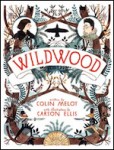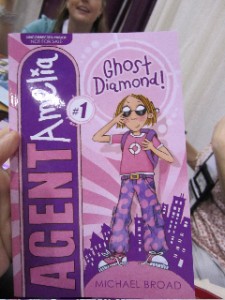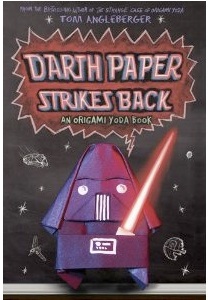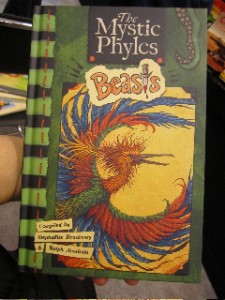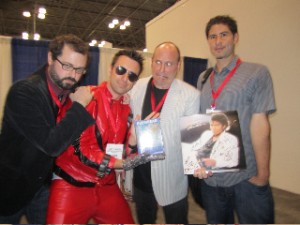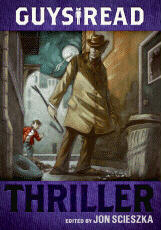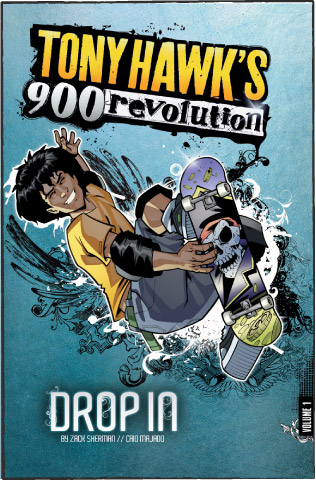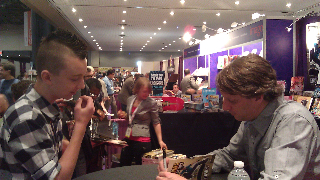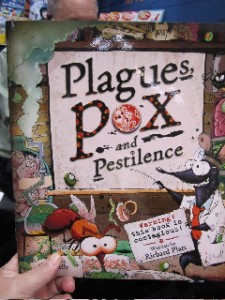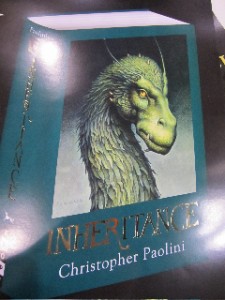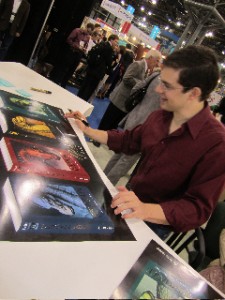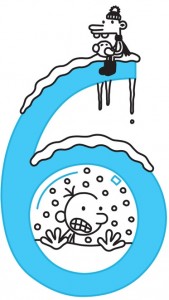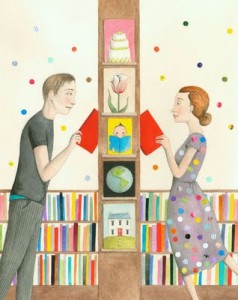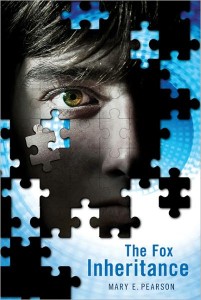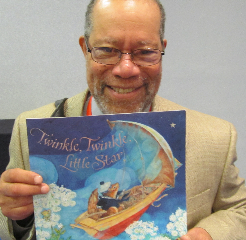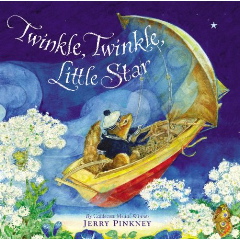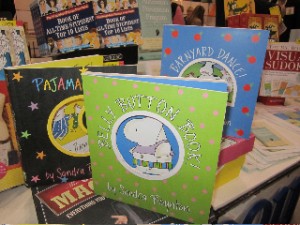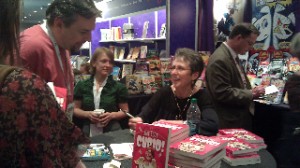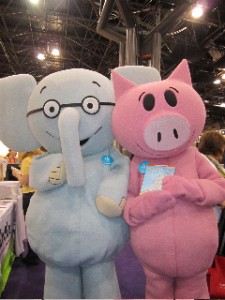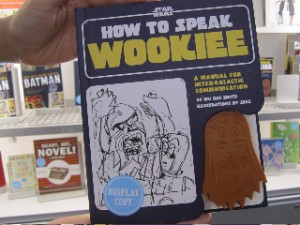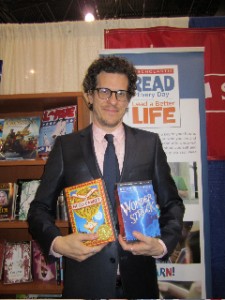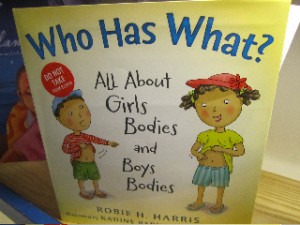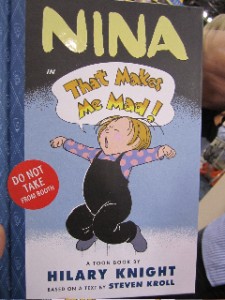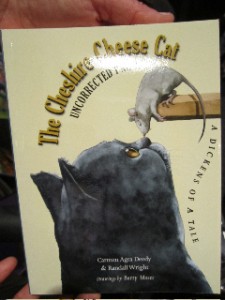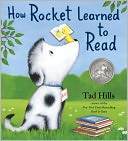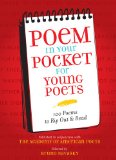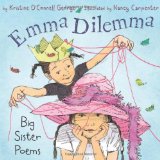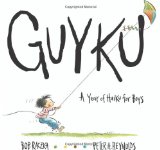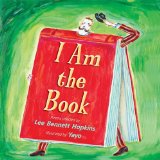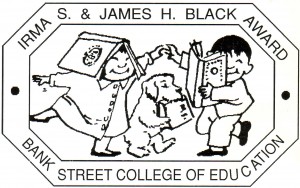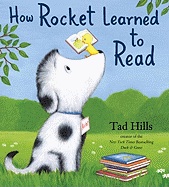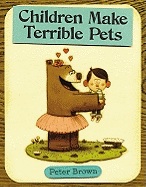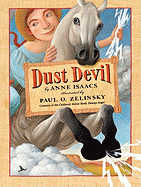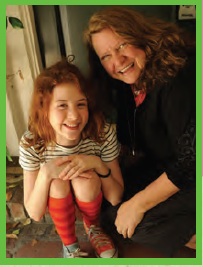There They Go Again
Monday, June 6th, 2011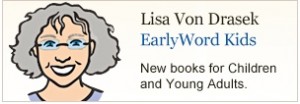 Like many of you, I read the Wall Street Journal Weekend opinion piece, “Darkness Too Visible: Contemporary fiction for teens is rife with explicit abuse, violence and depravity,” and am beside myself with what? Outrage? Not really … annoyance … I am exasperated by yet another article/essay/editorial expressing the writer’s dismay at the state of young adult fiction. Oh the horror! (I imagine hands thrown in the air in front of the Barnes and Noble teen rack). The dystopia! (I imagine a mother’s face with mouth shaped in an oval like classic Munch paingint, The Scream). For heaven’s sake give it a rest. There is as wide a range of genres in Young Adult fiction as in adult — mystery, chick lit, romance, historical fiction, adventure, trauma, survival, speculative fiction, sports, light humor, and books set in other cultures. Do you make your adult reading selections from the mass market rack at the Seven/Eleven? Accompanying the article, the Wall Street Journal offers links to other points of view:
Like many of you, I read the Wall Street Journal Weekend opinion piece, “Darkness Too Visible: Contemporary fiction for teens is rife with explicit abuse, violence and depravity,” and am beside myself with what? Outrage? Not really … annoyance … I am exasperated by yet another article/essay/editorial expressing the writer’s dismay at the state of young adult fiction. Oh the horror! (I imagine hands thrown in the air in front of the Barnes and Noble teen rack). The dystopia! (I imagine a mother’s face with mouth shaped in an oval like classic Munch paingint, The Scream). For heaven’s sake give it a rest. There is as wide a range of genres in Young Adult fiction as in adult — mystery, chick lit, romance, historical fiction, adventure, trauma, survival, speculative fiction, sports, light humor, and books set in other cultures. Do you make your adult reading selections from the mass market rack at the Seven/Eleven? Accompanying the article, the Wall Street Journal offers links to other points of view:
On Twitter, the hashtag #YAsaves asks readers to talk about how YA fiction has affected them (highlights gathered here — use the arrow key on your computer to scroll through. LOVE this one: “If adolescence is a cage, books are the key.”). Libba Bray’s defense, in thr form of tweets, are gathered here Plus, there is a link to an essay by author Christopher John Farley in the WSJ “Speakeasy” blog, Should Young Adult Books Explore Difficult Issues?
We should also add, Laurie Halse Anderson’s eloquent response to Mrs. Gurdan’s concerns. Let me add mine. Even if you accept Meghan Cox Gurdon’s premise (which I don’t; I also don’t accept her absurd generalizations about the state of mind of the editors of the books she decries), just off the top of my head, there are recent alternatives that show the true bredth of YA fiction:
A contemporary teen looking and finding meaning and passion in her life through a satisfying retail job despite a not-so-perfect home life — Rules of the Road, Joan Bauer (Speak/Penguin, 2005). Or every other title by Joan Bauer.
Young adult fiction gives us the opportunity to see the world from other points of view whether it is half way around the world as in Deborah Ellis’s examination of what it is to be female in Taliban- ruled Afghanistan — The Breadwinner (Groundwoood, 2001). Or, experience the forced deportations during WW II of Eastern Europeans to Siberian camps in Between Shades of Gray by Ruta Sepetys, (Philomel/Penguin, March, 2011). Uplifting? Strong generational bonds with an urban community coming together sans what could be considered realistic vernacular language — where was your review of We Could be Brothers by Derrick Barnes (Scholastic, 2010)?
What about a great summer reads — fresh, funny and emotionally engaging? May I introduce your teen to Jordan Sonnenblick’s Drums, Girls and Dangerous Pie (Scholastic, 2005) or Notes from A Midnight Driver (Scholastic, 2006)?
Something really light, funny and meaty? Do not pass go, grab Meg Cabot’s The Princess Diaries (HarperTeen, 2000). Already saw the movie? The books are better.
Is that teen of yours in a post Harry Potter/ Lightning Thief phase but enjoys word play and social satire? Perhaps this a perfect time to introduce her to Tiffany Aching, the wee big witch and her ever-watchful companions the wee free men in Terry Pratchett’s four volume Discworld series (HarperCollins).
Wait, wait, I have it–the deep psychological twists of Donna Jo Napoli’s fairytale retellings; Zel, (Puffin/Penguin) Beast (Simon Pulse, 2004) and Bound (Atheneum, 2004).
Epic fantasy? Shannon Hale’s, Goose Girl, (Bloomsbury, 2003). Court intrigue, romance and politics? The Queen’s Thief series, (Greenwillow), from Megan Whalen Turner.
Want a little Steampunk? Scott Westerfield’s Leviathan series, (Simon Pulse, 2009) with its alternative history set during WWI should keep the teen busy for a while and a prolific speculative fiction genre if the kids gets a taste for it…see Mortal Engines by Philip Reeve (HarperTeen 2003),
Whoops my thoughts were hijacked by Dystopian fiction. I can’t stop myself…AHHRRRR…
Just reissued with traffic-stopping new covers is Westerfield’s Uglies series (Uglies, Pretties, Specials and Extras; Simon Pulse). Set in a future where plastic surgery is the norm and conformity is the only way to succeed. These are thought-provoking, page-turning adventures. And as long as we have stopped here, a teenager’s attraction to dystopian fiction is not new… lets start with 1984 … This Perfect Day … Alas Babylon and A Canticle for Lebowitz, all read by this writer as an eighth grader. Dark? Wasn’t Lord of the Flies required reading in the ‘70s?
 And please, while I am on this topic, have you actually read The Hunger Games? On its surface. it is about teens fighting each other to the death. Dig a little deeper…if I may quote from my own review,
And please, while I am on this topic, have you actually read The Hunger Games? On its surface. it is about teens fighting each other to the death. Dig a little deeper…if I may quote from my own review,
One of the most pleasurable aspects of the book is the treatment of the contrasting Districts and their struggles. When Katniss finds an unlikely ally in slight birdlike Rue, we find out that even in the agricultural districts the farmers are starving, a faint echo of the Irish Famine. The behavior of the oppressed may remind readers of the occupants of the Warsaw or Lodz Ghettos, with the internal hierarchy of governing class that collaborated with the oppressors to maintain order. Other elements of the society bring to mind the former Soviet Union’s domination of satellite states. No one will miss the similarity of the inhabitants of the Capitol to some present-day citizens of the United States, who combine an obsession for entertainment and celebrities with a blindness toward those who are suffering. Are these topics for seventh graders? Twelve-year-olds are certainly familiar with these themes. In the microcosm on the classroom, children experience cruelty and deprivation, some just trying to survive to adulthood. Behind closed doors some are abused, and small kindnesses take on disproportionate meaning. Survival sometimes depends on letting others help. A good classroom culture emphasizes the need in a strong community for compassionate members who care for the weakest. Young readers will be able divine a deeper meaning from what on the surface might seem to be the depiction of a violent reality-television show.
Turning our eyes to supernatural romance–werewolves anyone? Shiver by Maggie Stiefvater, (Scholastic, 2009) is an insightful examination of a teen whose parents neglect borders on abuse. Oh, yeah, and not all vampire books are created equal. Perhaps we have overlooked The Reformed Vampire Support Group by Catherine Jinks, (Harcourt Children’s, 2009), the most accurate portrayal of an adolescent living and surviving with chronic illness.
Mrs. Gurdan states that “Adolescence is brief; it comes to each of us only once, so whether the debate has raged for eons doesn’t, on a personal level, really signify.” I beg to differ … looking back adolescence is brief. However, while living it, adolescence is endless. Darker themes are actually perfect for this age group. Books that address dysfunctional families, addictive and harmful behaviors,like cutting and bullying, let teens know that that they are not alone. Songs like “Hold On” and “Everybody Hurts” speak to the high rates of teen suicide. Wouldn’t we want YA authors to deal with these difficult topics?




